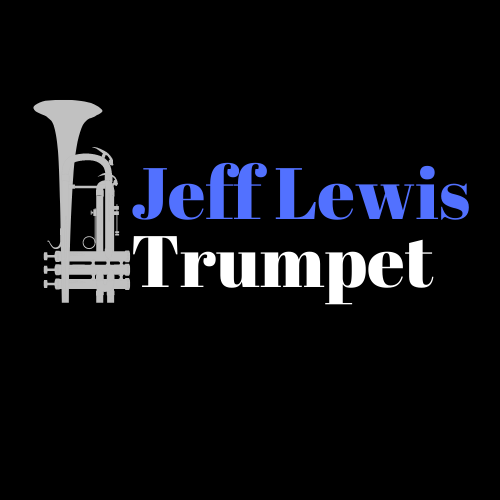Mouthpiece Buzzing and Lip Buzzing

To buzz, or not to buzz, that is the question. Some players swear by it and others never do it. The question is, have you tried it and does it help you? Personally, I am down for experimenting with any type of exercise that may help in any way shape or form. If it makes your playing worse you can always give it up. What do you have to lose? Most trumpet players use it as a means to warm up. I think of it as a sort of “cross training” for the trumpet. I like to use the analogy of football players who train by running through tires during practice. Where are the tires during the game? Of course playing a football game does not require that you run through tires, they are used for agility and speed training during practice sessions. I think the same can be said for mouthpiece buzzing.
Benefits are; smoothing out transitions, increased tone production, increased endurance, “ironing out” melodic shapes and phrases, and increasing overall pitch accuracy. However, some players find that buzzing makes them stiff rather then loose. I find it important to not play too loudly or for too long of a period. Also, using the B.E.R.P (Buzz Extension and Resistance Piece for Trumpet) can aid those players who are new to buzzing or find it difficult to produce a buzz on the mouthpiece. It creates a similar resistance to the trumpet, which activates buzzing and simulates playing on the trumpet with all the benefits that come with buzzing the mouthpiece alone. Also, since it attaches at the lead pipe, it sits on your embouchure in very natural position. You can also transfer from buzzing to playing and back to buzzing easily.
(Jeff Lewis is a participant in the Amazon Services LLC Associates Program, an affiliate advertising program designed to provide a means for us to earn fees by linking to Amazon.com and affiliated sites.)
This thing is pretty cool because if you hold it with your hand and press too hard against your embouchure the spring activates and shuts off the air flow! Also, the spring on it is very tight so you’d have to really be crushing your face (in my opinion) for it to close off the air flow. I also like it because it is easier to buzz on because it is slightly closed off at the end so it creates more compression. I keep one in the car for warming up and warming down.
Warburton A.P.E. Anti-Pressure Exerciser for Trumpet APE Trumpet
Remember too that buzzing the mouthpiece alone is much more difficult to produce a tone, particularly at first. When playing the trumpet, there is compression, which in turn creates turbulence, which allows the lips to sympathetically vibrate easier. Buzzing the mouthpiece alone creates none of the aforementioned by products.
When it comes to free buzzing, a lot of the same benefits and difficulties are present. Some people find it beneficial to free buzz in order to form the most efficient embouchure for them. It acts as an “anchor” just in case things start to go south and their baseline embouchure foundation starts to slip.
Free buzzing can be very difficult for some players at first. Some have found it easier to slightly tuck in their bottom lip to create a free buzz. I find it easiest to relax my lips in their normal embouchure position (without rolling in) and then slowly bringing the bottom lip (and jaw) up to the top until the lips start to vibrate. Also, you can try blowing through your lips, and then slowly bring your tongue forward until the tip of your tongue touches your bottom lip, and that usually sets the buzz in motion (anchor tongue position). As always, my advice is to experiment. It seems almost ridiculous for anyone to say “YOU MUST DO IT THIS WAY”. I am convinced we are pretty much left to figuring this stuff out on our own. Other then using air, most trumpet players have a different concept and approach on how to play the trumpet. Try it and if it benefits you, keep doing it. If it doesn’t, try something else. You can always come back to it later!
There are many exercises available here and online that you can use for free buzzing and mouthpiece buzzing (Stamp, Thompson). The “Schlossberg Daily Drills” book is a great resource for adding buzzing to your practice routine.
Here are my (free) exercises for mouthpiece buzzing that also come with a (free) play along (or buzz along).
Play along #1-1
#1-2
#1-3
#1-4
#2-2
#2-3
#2-4




